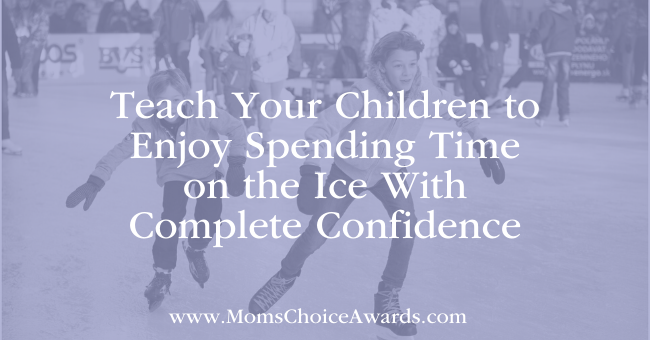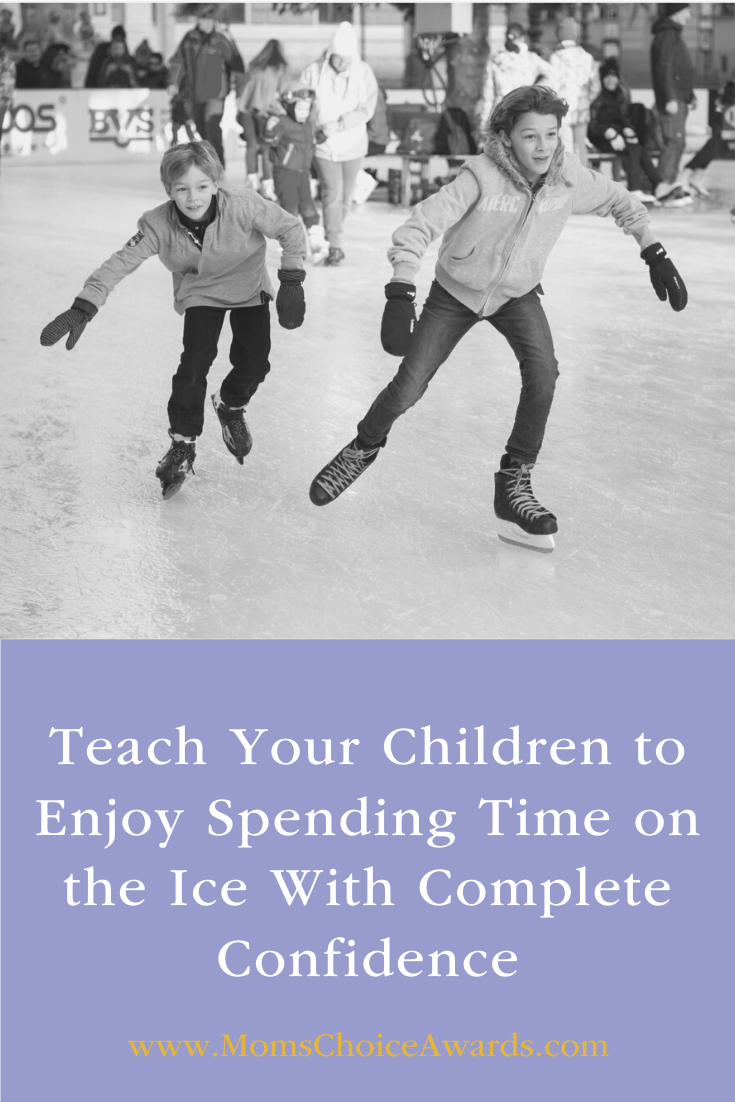 Jane Sandwood
Jane Sandwood
Teacher | Blogger | Mom
 According to Olympic skating coach Trish Offerdahl, most Olympic skaters get started at a very young age – between 5 and 8 years old. Of course, there’s no need to turn your child into an Olympic skating champion! But as Claire, the skater and coach behind Ice Skating Passion says, if your child can walk, they can learn to ice skate. During and after the Winter Olympics, many kids get interested in ice skating after seeing it for the first time. If your 3-year-old shows an interest in ice skating and you’re looking for a new fun activity, there’s no reason you have to wait until they are older.
According to Olympic skating coach Trish Offerdahl, most Olympic skaters get started at a very young age – between 5 and 8 years old. Of course, there’s no need to turn your child into an Olympic skating champion! But as Claire, the skater and coach behind Ice Skating Passion says, if your child can walk, they can learn to ice skate. During and after the Winter Olympics, many kids get interested in ice skating after seeing it for the first time. If your 3-year-old shows an interest in ice skating and you’re looking for a new fun activity, there’s no reason you have to wait until they are older.
Staying Safe
As a parent, you may be concerned about the safety of your young child skating on a rink. And while ice skating injuries are rare, large public rinks are not the most conducive spaces to teach little ones. For that reason, it’s recommended that you go to the rink on a day when it’s reserved for young children. Another great option is to invest in some synthetic ice for your garage or backyard. That way, you can practice in a safe environment without pro skaters zooming past.
Synthetic ice is a great way to get that real ice rink feel, in the comfort of your own home. It’s a super fun way for kids to get active, and it is wonderful for family bonding. With your very own ice rink, your children can skate every day without having to trek all the way to the public rink. Synthetic ice is easy to install and clean; to clean your synthetic ice, simply sweep or vacuum after each use and occasionally mop with some warm water.
What To Wear
Before you even get on the rink with your little one, it’s important to make sure you have comfortable, well-fitting skates for your budding athlete. Dress them in comfy clothes but with no hanging fabric such as scarves, and don’t forget the helmet and knee pads for the inevitable tumbles. While you might think thick socks are more comfortable, thin socks are much better for balance because they allow the wearer to feel their position in the skates. Now you are all set!
Baby Steps
To increase confidence, you can skate behind your child and provide some support under their arms. However, if you provide too much support, your child may begin to rely on you and not learn to balance by themselves. It’s important to show your little skater that it is okay to fall. In fact, it might be a good idea to do some falls on purpose to get over that hurdle. Active SG says that not only does this remove fear, but it’s important to teach them how to fall and get up.
Once you have practiced falling, instruct your little skater to take baby steps in a marching style. Once your toddler has mastered this, it may morph naturally into a glide. You can explain this as a change from loud feet (like Happy Feet) to quiet feet. Before you know it, your little one will be skating with confidence!
 About Jane Sandwood
About Jane Sandwood
Jane has been a freelance writer and editor for over 10 years. She has written for both digital and print across a wide variety of fields. Her main interest is exploring how people can improve their health and well-being in their everyday life. And when she isn’t writing, Jane can often be found with her nose in a good book, at the gym or just spending quality time with her family.
View all posts by Jane Sandwood here.






